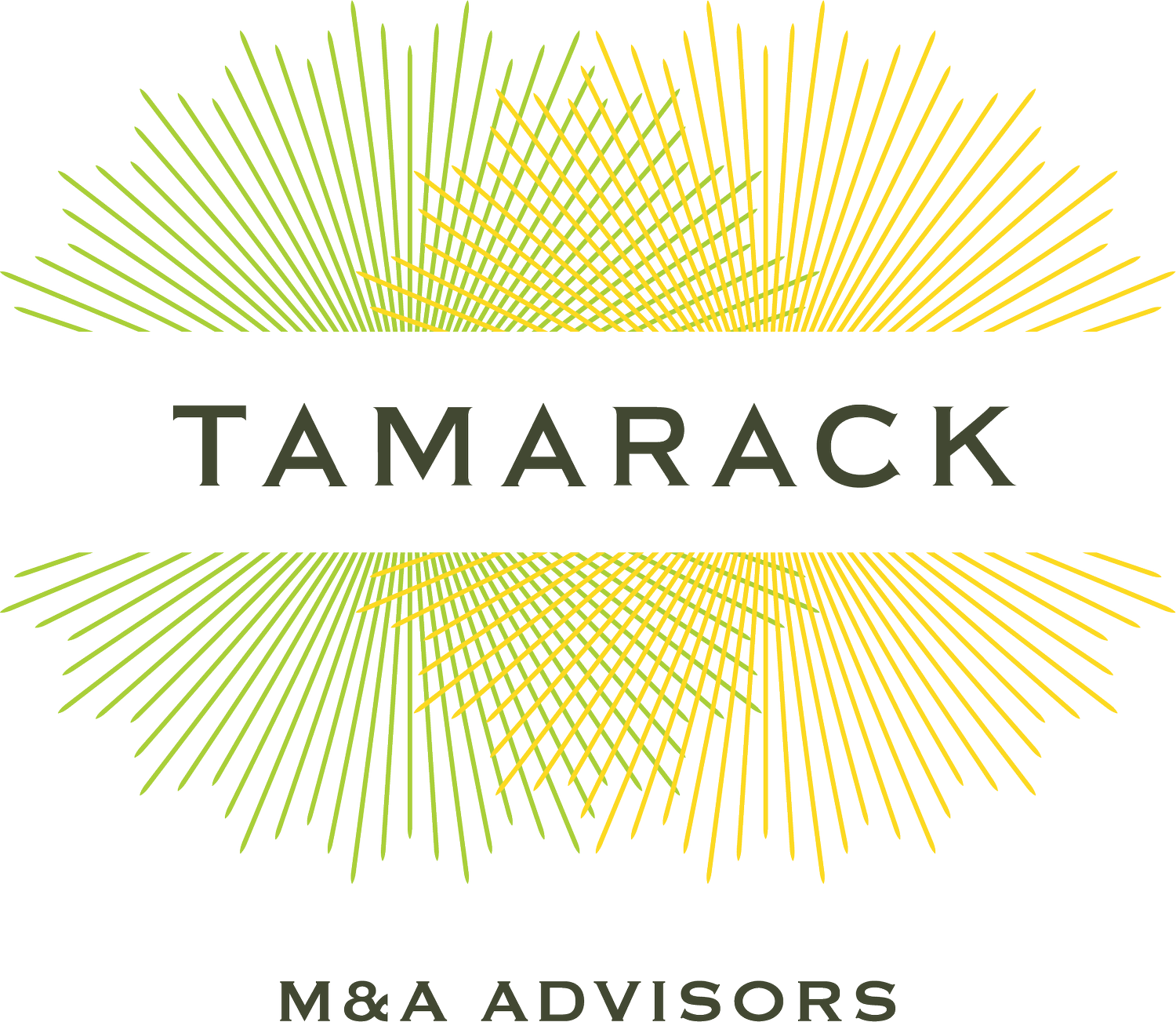Strategic Buyers Continue to Drive HME Consolidation, PE Interest Grows
June 2021
High fragmentation and growth potential make the HME market ripe for consolidation.
There has been a surge of M&A activity and investment in the home medical equipment (HME) industry over the past few years and National HME operators like AdaptHealth, Apria, Lincare, Quipt Home Medical and Rotech continue to be active acquirers. Most notably, Apria went public in February of this year and AdaptHealth made several acquisitions in Q1, including Minneapolis-based Allina Health’s DME business in February along with a $1.1 billion acquisition of AeroCare in the same month. Since its founding in 2012, AdaptHealth has acquired more than 85 companies, of which 65 have been acquired since 2017. These national consolidators typically look to drive synergies through expanded product offerings, increased purchasing volumes to reduce COGS, and centralized billing, collections and IT systems and operations.
Most of the historical M&A activity in the industry has been led by strategic acquirers; however, there are PE-backed platform companies that have their own consolidation strategies. Silver Oak Service Partners acquired DASCO Home Medical Equipment in March of 2020 and DASCO has since made add-on acquisitions. Other PE-backed platform companies in the sector include Numotion, Lifeway Mobility and PromptCare.
The HME market is a highly fragmented $62 billion market that is expected to grow at a 5-6% CAGR over the next decade. While there are over 6,000 HME companies in the United States, the ten largest hold 70% of the market share, making the market ripe for consolidation.
The market’s growth outlook is driven primarily by an aging U.S. population and rising prevalence of chronic conditions; patient preference and economic incentives for homecare versus inpatient rehabilitation facilities or skilled nursing facilities; and technological advancements.
In addition to these factors, CMS recently rolled back the Durable Medical Equipment, Prosthetics, Orthotics, and Supplies (DMEPOS) Competitive Bidding Program (CBP) which limits the risk of payments dropping further in the future. It also removes geographical restrictions, allowing providers to compete for Medicare contracts in regions they previously did not have access to as long as they have a Medicare license in that region.
The three largest HME product categories are diabetes, urology and durable medical equipment (DME). However, diabetes, CPAP and breast pumps are the product categories with the highest anticipated growth rates which is largely driven by demographic trends and an increase in chronic conditions. 45.7% of HME spend is patient out-of-pocket, while the remaining balance comes from other third-party payers and insurance programs.
Tamarack Partners provides M&A advisory services to owners of lower middle market companies. For more information on this report or to speak with one of our transactional advisors about your company, Contact Us.

